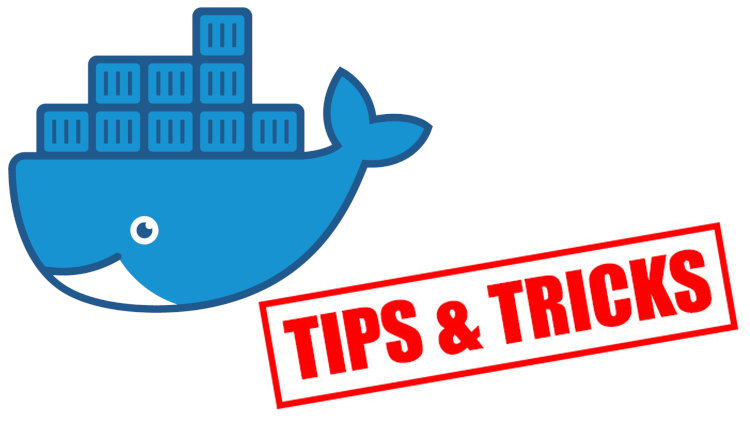Docker Tip #32: Automatically Clean Up after Docker Daily

Learn how to automatically remove dangling Docker images and other resources on a daily basis for Linux, Windows and MacOS.
The command we’re going to be executing is
docker system prune -f which will remove all stopped containers, all unused
networks, all
dangling images
and build caches.
We’ll want to automatically execute this command every day at 3AM, but how we do it will depend on what OS you’re using. So here’s how to do it on all major operating systems.
# Linux
We have access to the cron utility, so this will be simple. Run crontab -e,
pick an editor (nano) if you haven’t done so already and then add this line to
the bottom and save it:
0 3 * * * /usr/bin/docker system prune -f
Docker is most likely installed at /usr/bin/docker but you can verify that
by running which docker. Change the path if you need to. Also make sure the
line isn’t commented out with a #.
# Windows
If you're running Windows 18.03+ and followed my guide for accessing Docker in WSL you can use the Linux step above inside of WSL and you're done.
The steps below will work with older versions of Windows or no WSL as long as you’re using Docker for Windows. If you are using Docker Toolbox you will need to change step 8 to launch the Docker Quickstart Terminal and pass in the Docker command to that as an argument.
Here’s how to do it using the built in Windows Task Scheduler:
- Search for “Computer Management” and run it
- Click “System Tools -> Task Scheduler” in the sidebar
- Click “Create Task” in the action bar on the right
- Name it “Docker-System-Prune”
- Change the security option to “Run whether user is logged on or not”
- Change “Configure for” (dropdown box) to “Windows 10”
- Goto the “Actions” tab and click “New”
- Enter in
C:\Program Files\Docker\Docker\Resources\bin\docker.exeas the Program/script - Add the arguments
system prune -fand hit OK to anything it says - Goto the “Triggers” tab and click “New”
- Change the settings to “Daily” and set the “Start” time to 3AM and recur every 1 day
- Click OK and then click OK again for Create Task
- Enter in your admin password
# macOS
I don’t use a Mac but my buddy Scott does, so he provided me the steps listed below for LaunchD (a default scheduler on MacOS that is supposed to replace cron).
Create the LaunchD based schedule file:
sudo touch /Library/LaunchDaemons/DockerSystemPrune.plist
Add this content to the above file and save it:
<?xml version="1.0" encoding="UTF-8"?>
<!DOCTYPE plist PUBLIC "-//Apple//DTD PLIST 1.0//EN"
http://www.apple.com/DTDs/PropertyList-1.0.dtd">
<plist version="1.0">
<dict>
<key>Label</key>
<string>DockerSystemPrue</string>
<key>Program</key>
<string>/usr/local/bin/docker system prune -f</string>
<key>StartCalendarInterval</key>
<dict>
<key>Hour</key>
<integer>3</integer>
<key>Minute</key>
<integer>0</integer>
</dict>
</dict>
</plist>
Load the task into LaunchD:
launchctl load -w /Library/LaunchDaemons/DockerSystemPrune.plist
At this point it’s activated and you’re good to go.